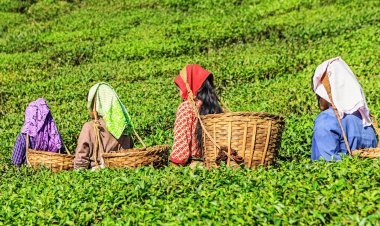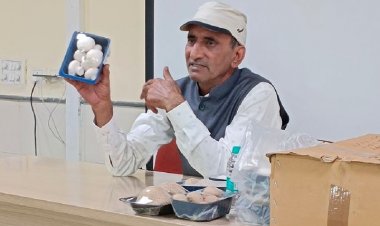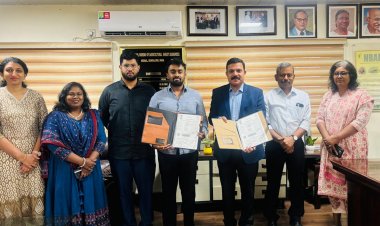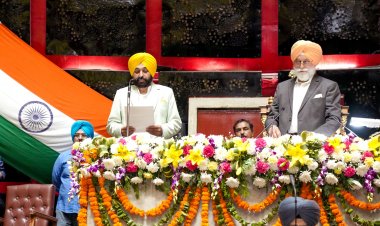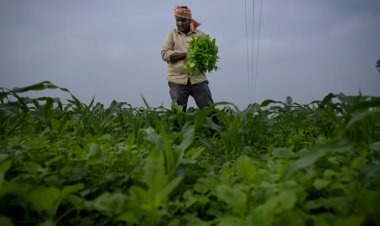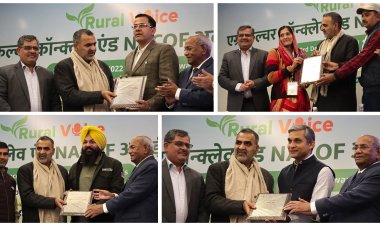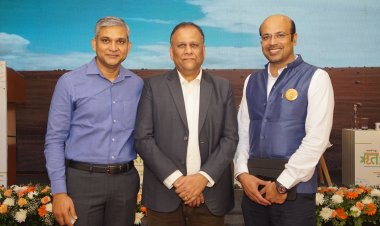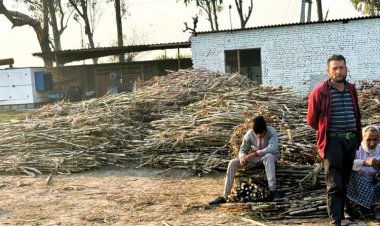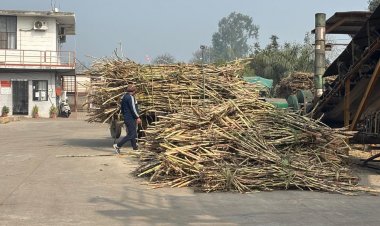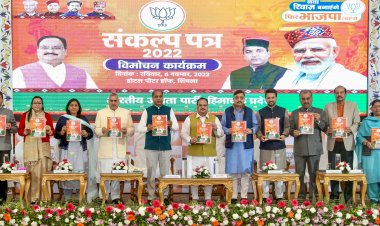DAP sales go up by 23 per cent in H1 FY23 but MOP sales go down by 50 per cent
A new trend has emerged in fertilizer sales during H1 FY23, i.e., from April to September. While the sales of DAP have gone up by 23.33 per cent during the first six months, those of MOP have registered a decline of 50.80 per cent. Besides, while the sales of complex fertilizers have registered a decline of 16.97 per cent, those of urea have gone up by 3.91 per cent during this period.
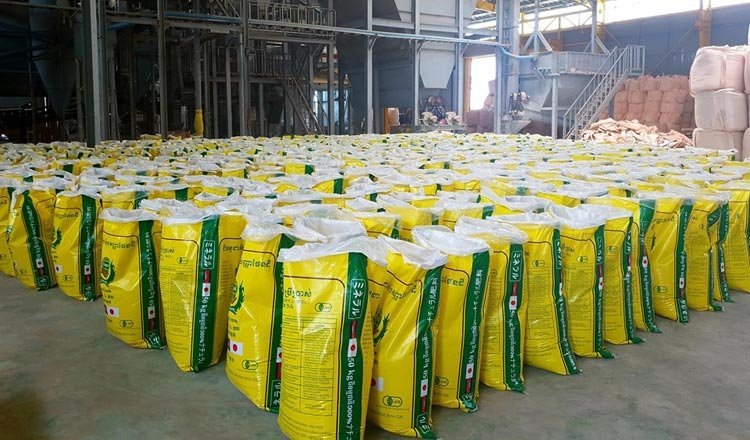
A new trend has emerged in fertilizer sales during the first half of the current financial year 2022-23 (H1 FY23), i.e., from April to September. While the sales of Di-Ammonium Phosphate (DAP) have gone up by 23.33 per cent during the first six months, those of Muriate of Potash (MOP) have registered a decline of 50.80 per cent. Besides, while the sales of complex fertilizers have registered a decline of 16.97 per cent, those of urea have gone up by 3.91 per cent during this period.
According to the figures from the Department of Fertilizers (DoF), the DAP sales stood at 51.48 lakh tonnes (lt) during April-September 2022 as compared to 41.74 lt during the same period last year. Also, the sales of urea stood at 172.11 lakh tonnes during this period as compared to 165.4 lt during the same period last year. On the other hand, the MOP sales stood at 7.08 lt during April–September, down by 50.80 per cent in comparison to 14.39 lt last year. The sales of complex fertilizers stood at 51.97 lt in the first half of the current year, registering a decline of 16.97 per cent in comparison to 62.59 lt during the same period in 2021.
This trend in fertilizer sales can be linked to the change in the prices of fertilizers and their subsidies.
A major reason for this has been DAP and urea being cheaper than MOP and complex fertilizers as the former enjoy higher subsidies. As a result, farmers are using more of DAP and urea. This sales trend may continue in the current Rabi season, too. However, the government is yet to declare the Nutrient-Based Subsidy (NBS) scheme rates for the Rabi season. On the other hand, the coverage area of Kharif season crops has gone down on account of rainfall deficit up to August in several states. But the water availability and soil moisture resulting from the rain in September and October may lead to an increase in the area under Rabi season crops. The largest increase will be in the area under wheat and mustard in such a situation and both these crops are major DAP consumers. Also, during the Rabi season, potato is a major consumer of DAP and urea. Industry sources say that the country has adequate stocks of DAP and urea, so farmers will not face their scarcity.
The prices and subsidies of complex fertilizers and MOP have been major reasons for the decline in their sales. The potash exports have reduced from Russia and Belarus due to the ongoing war between Russia and Ukraine, as a result of which the surge in MOP prices in the international market still continues. The price of MOP still stands at $550 per tonne in the international market. Its import cost comes to $590 per tonne. Add to this the customs duty, port handling, GST, bagging, transportation and trade margin and the price goes up to about Rs 55,000 per tonne. The government grants a subsidy of Rs 15,186 per tonne on MOP, after which the cost of the companies comes down to about Rs 40,000 per tonne. Now, a Maximum Retail Price (MRP) of Rs 34,000 per tonne results in a loss of about Rs 6,000 per tonne for the companies in such a situation. Companies avoid large imports as these are proving to be economically disadvantageous. The import figures, too, make this situation clear. The MOP imports, which had stood at 50.90 lt in the year 2020-21, reduced to 29.10 lt in 2021-22. During April–September in the current year, the MOP imports stand at 7.08 lt.
Again, the MRP of various variants of complex fertilizers — NPK 10:26:26, 12:32:16 — is in the range of Rs 29,000-Rs 31,000 per tonne. Given this scenario, farmers are consuming more of urea and DAP as they are priced lower. The MRP of DAP is Rs 27,000 per tonne while that of urea is Rs 5,628 per tonne.
The prices of DAP and its raw material phosphoric acid have declined in the global market over the past few months. While the price of DAP was in the range of $960-$1,000 per tonne up to June, it has now come down to $720-$740 per tonne. The government increased the subsidy on DAP, which stood at Rs 24, 231 per tonne in the previous Kharif season, to Rs 50,013 per tonne for the Kharif season 2022. The price of DAP for the farmers is Rs 1,350 per bag (50kg).
Besides, there has been no change in urea prices for the farmers for long and it continues to stand at Rs 5,628 per tonne. The government fixes the price of urea and the difference between the price for the farmers and the cost is compensated through subsidies. A reduction in the urea price in the global market has brought down its import price to about $650 per tonne from $1,000 per tonne that it had reached last year.
The big question that arises in this situation is whether this will give shock to the aim of the balanced use of fertilizers. Using more of cheaper fertilizers instead of those necessary to maintain soil fertility better will only worsen the balance. Which is not recommendable for farmers in the long run.
Regarding the possibility of greater consumption of fertilizers in the Rabi season, fertilizer industry sources say that the stock situation is much better to fulfil the demand for DAP and urea in the Rabi season. In the last Rabi season, farmers had to struggle with the crisis of DAP availability and the government had to set up a war room to coordinate between monitoring the rail rake movement and the imports in order to improve the supply.



 Join the RuralVoice whatsapp group
Join the RuralVoice whatsapp group

















